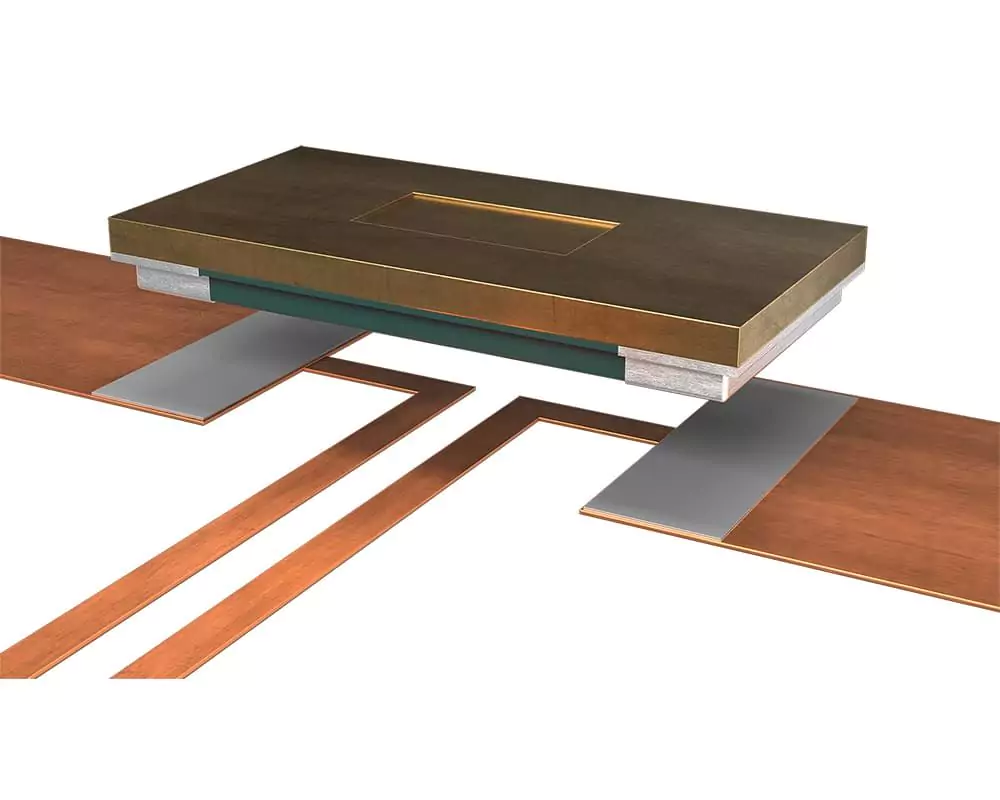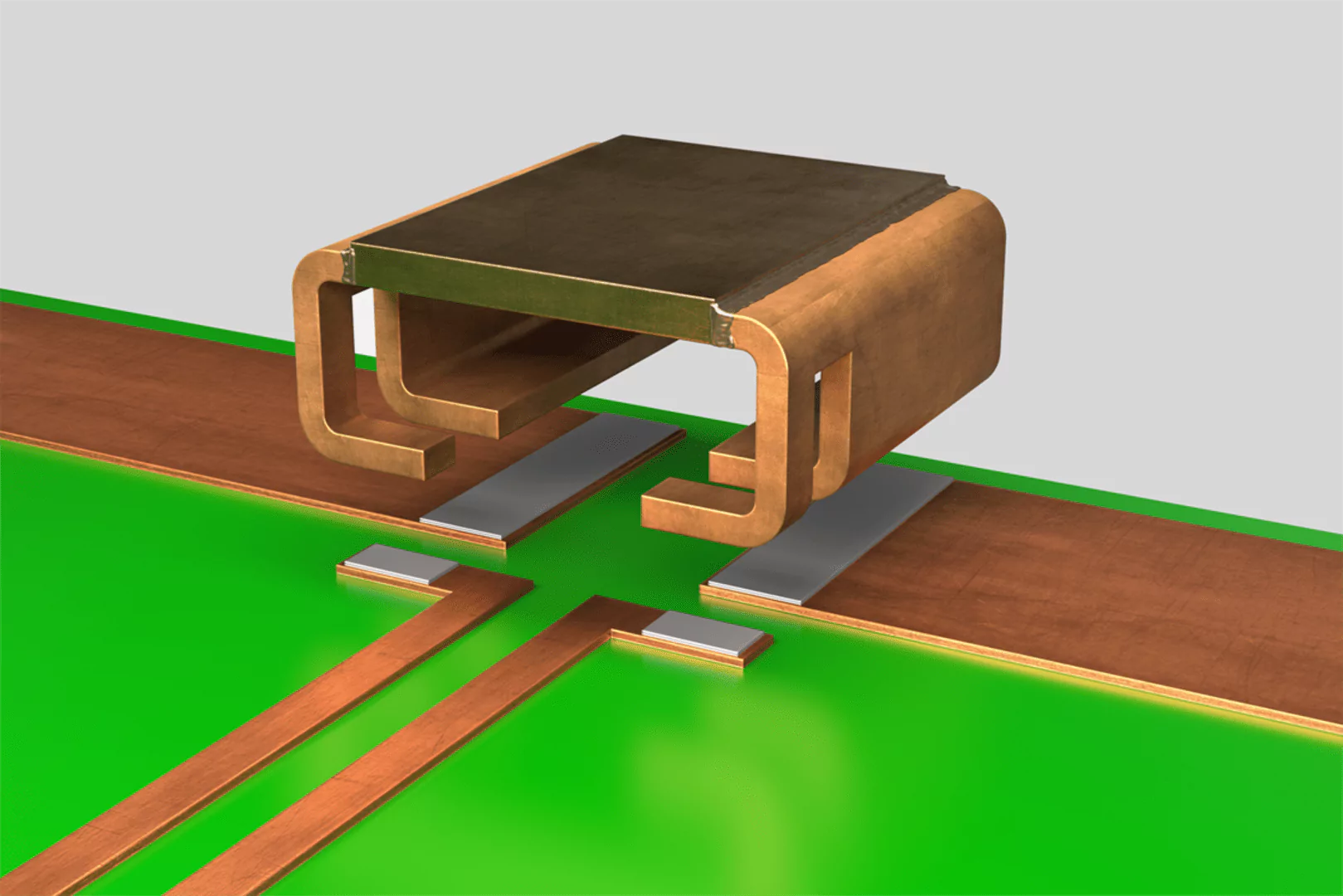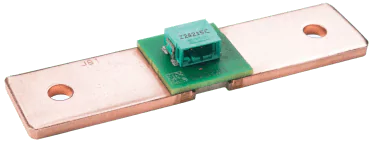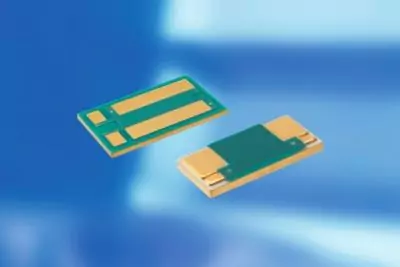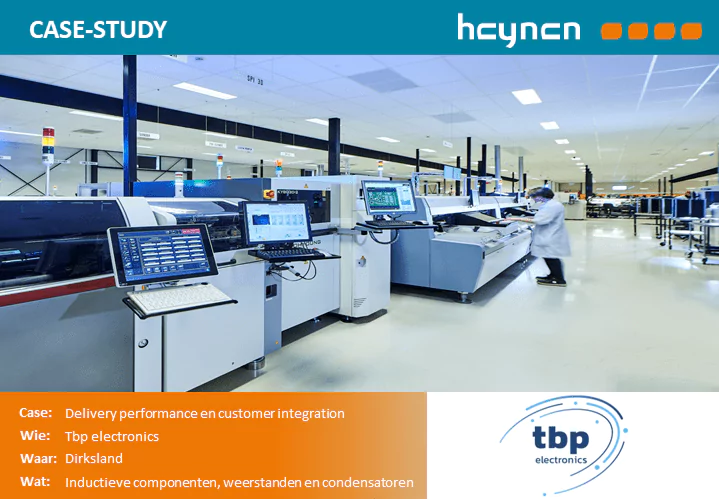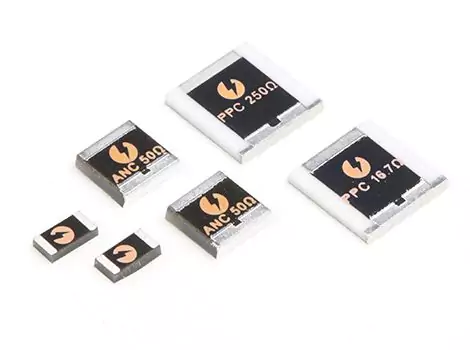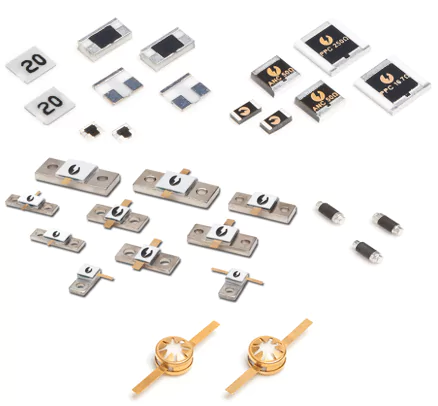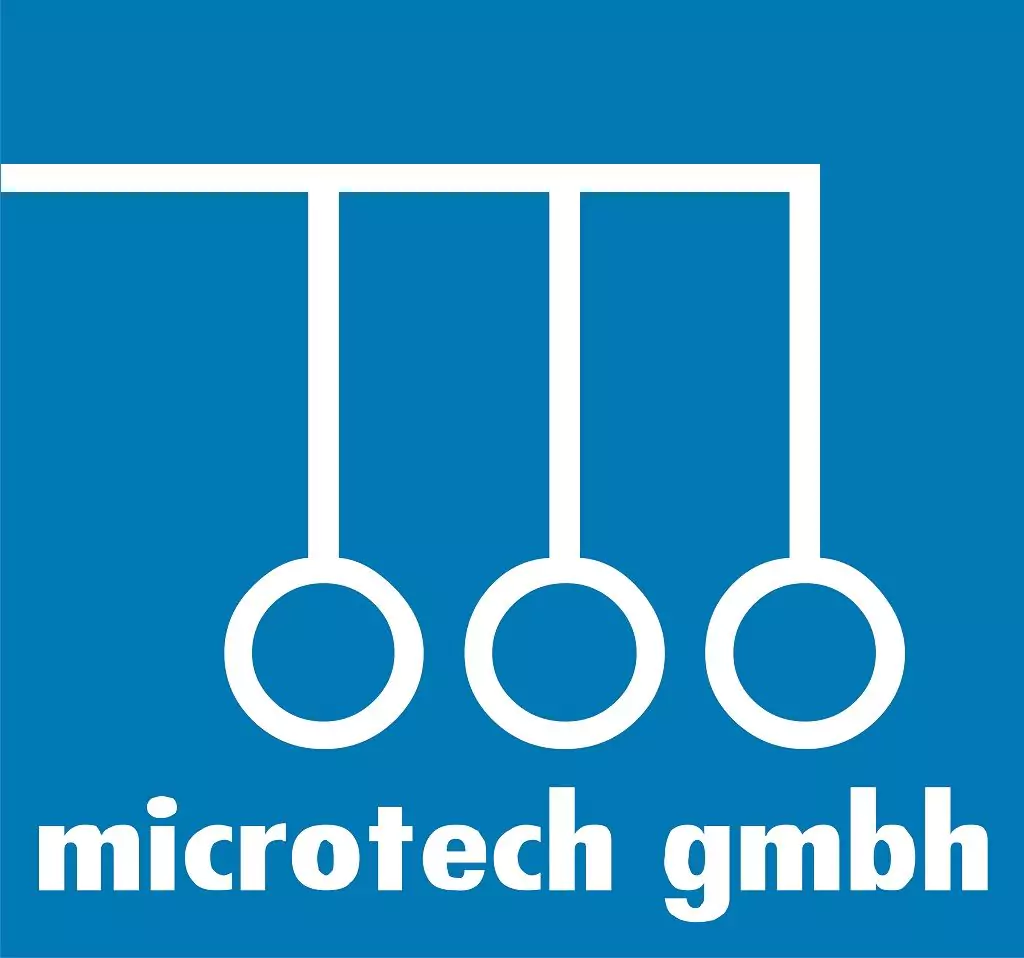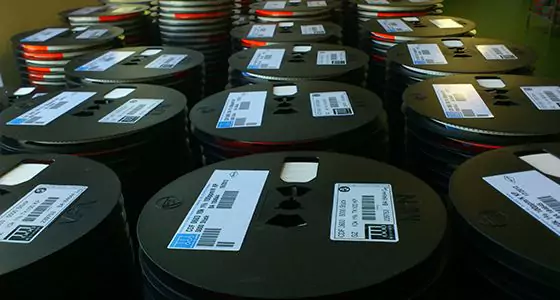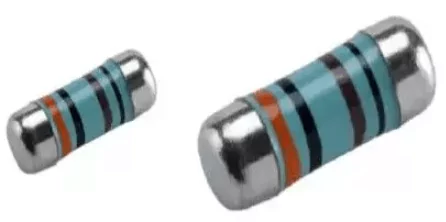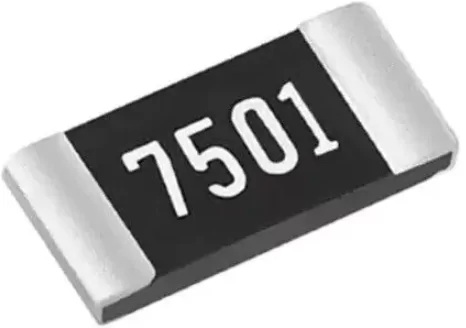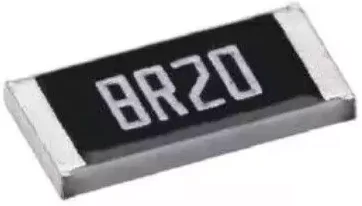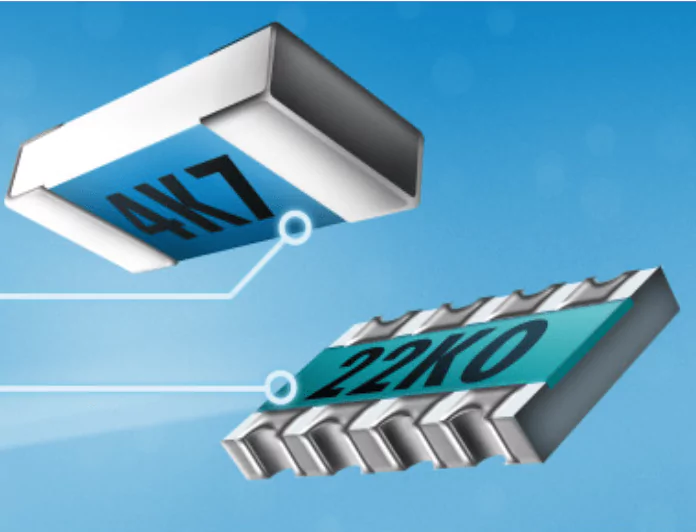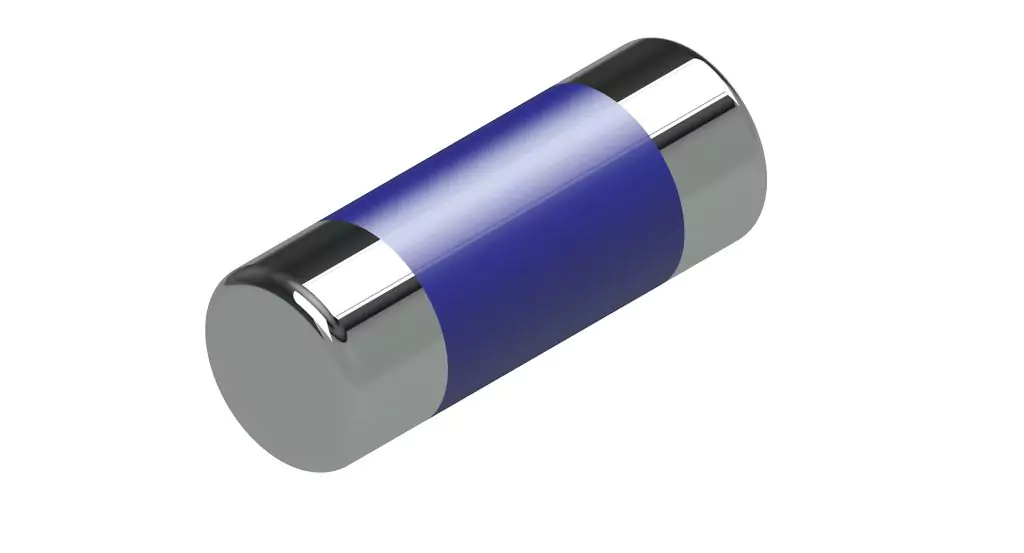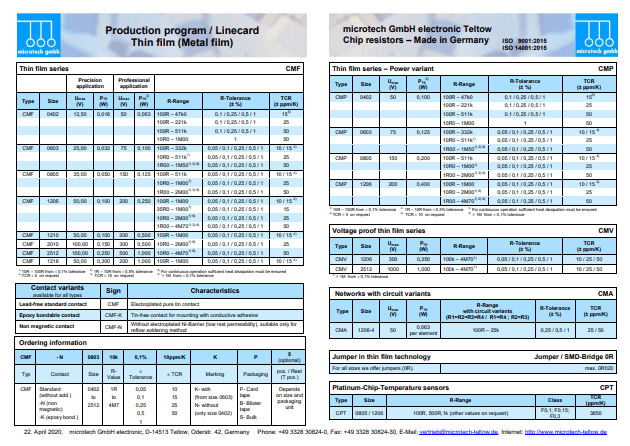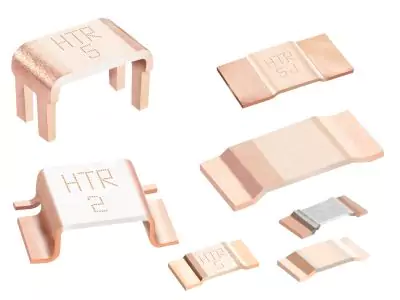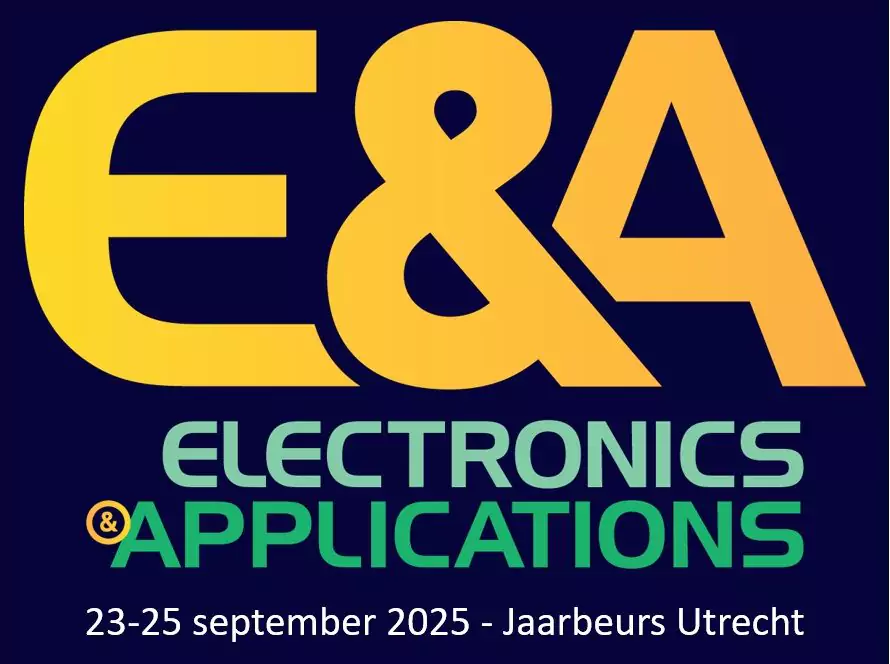The correct resistors make Bright LED technology work

LED technology is becoming an increasingly popular choice for lighting up the headlights of modern cars as well as their displays and cockpits. Why are special resistors necessary to make the diodes work properly?
Isabellenhütte Heusler convinces automotive suppliers
LED (light emitting diode) technology provides automotive suppliers with a challenge: The rear part of the light unit leaves only little space for installation and the law requires a minimum brightness level. On top of that, LED chains must not emit different brightness levels and the technology has to withstand high temperatures up to 125 °C. Consequently, resistors used in LED technology have to be very small, perform extremely well, be extraordinarily robust, highly stable and have a small tolerance.
Isabellenhütte's VMK resistors have the required specifications:
- 1 Watt permanent power up to 110 °C terminal temperature
- Constant current up to 10 A (10 mOhm)
- Small size (1206; 3.2 x 1.6 mm)
- High pulse loadability (1 W)
- High long-term stability (0.1 % drift in 2,000 h)
- Component assembly: reflow and IR soldering
- TC
Long side termination alternative
Isabellenhütte’s VLK resistors with long side termination are also used in LED technology. At a size of 0612 (3.25 mm length, 1.52 mm width), they also provide particularly high performance and use little space. The contacts on the long side make the component less susceptible to temperature and load cycles.
Specifications at a glance:
- Low resistance starting from 1 mOhm
- 1 Watt permanent power up to 140 °C terminal temperature
- Constant current up to 30 A (1 mOhm)
- Small size (0612)
- High pulse loadability (1 W)
- High long-term stability (0.1 % drift in 2,000 h)
- Component assembly: reflow and IR soldering
- AEC-Q200 certified
Main Advantages
- 1 Watt permanent power up to 110°C-140°C terminal temperature
- Constant current up to 10A-30 A
- Small size
- High pulse loadability
- High long-term stability
- Accurate TC ppm/K (temperature coefficient)



